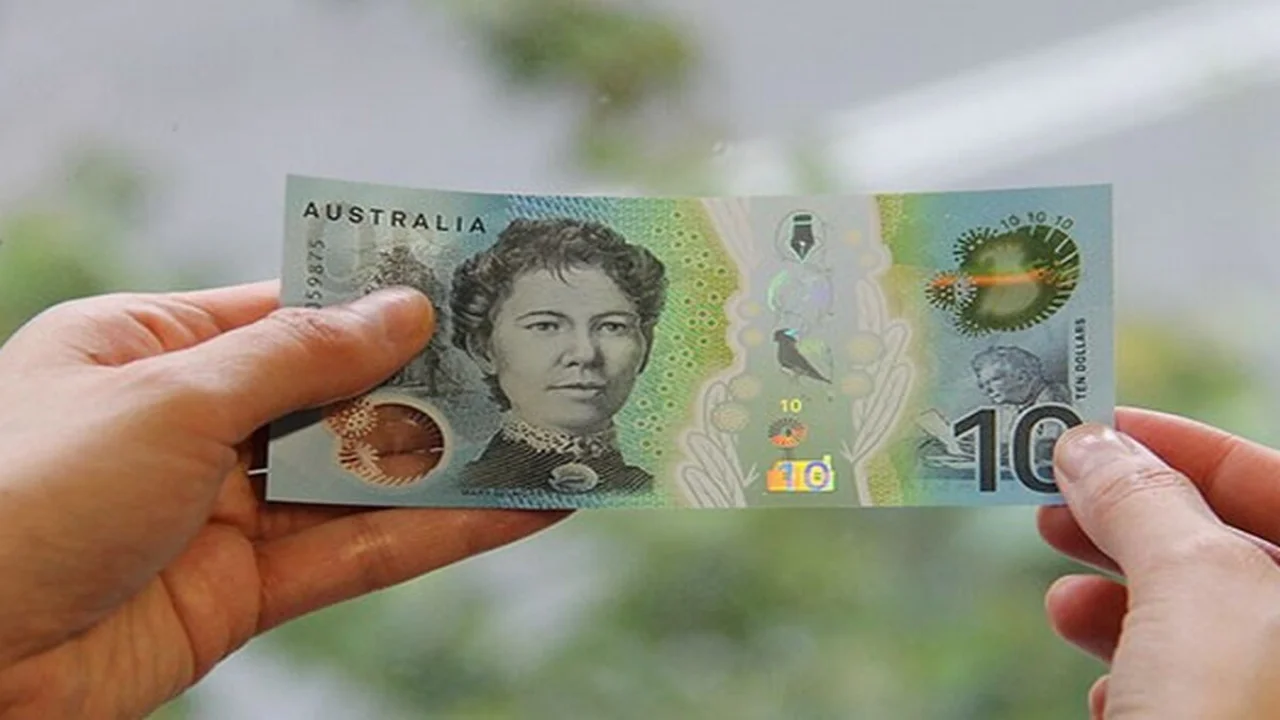Polymer Banknotes: Origins, Benefits & Global Adoption
Discover which country invented polymer banknotes, their security advantages, and a list of nations using durable plastic currency. Learn why they’re replacing paper.

Highlights
- What You’ll Read: The history, benefits, and global adoption of polymer banknotes, including the first polymer banknote country.
- What You’ll Learn: How polymer banknotes outlast paper, deter counterfeiting, and are used by countries that use polymer banknotes.
- What You’ll Discover: Why over 50 nations prioritize polymer banknotes for sustainability, cost-efficiency, and advanced security since the polymer banknotes first country pioneered them.
Polymer banknotes are durable, plastic-based currency notes first introduced by the Reserve Bank of Australia in 1988, featuring a biaxially oriented polypropylene substrate that boosts lifespan by up to 2.5× and incorporates advanced security elements like transparent windows and metameric inks—reducing counterfeiting and environmental wasts. Today, over 50 countries use polymer banknotes for their resilience, cost‑efficiency, and recyclability.
What are polymer banknotes?
Polymer banknotes are banknotes printed on a synthetic polypropylene film rather than cotton‑based paper, allowing clear windows, complex holograms, and metameric inks that foil counterfeiters while extending note life by years.
How are polymer banknotes made?
- Polymer Substrate Extrusion: Melt and biaxially orient polypropylene into thin film.
- Adhesive Layer Coating: Apply protective varnish for ink adhesion.
- Offset & Intaglio Printing: Add multi‑color designs, tactile features.
- Security Feature Embedding: Integrate windows, holograms, UV inks.
- Varnishing & Overcoating: Seal printed layers for durability.
- Quality Control: Inspect for defects, tensile strength, optical density.
Polymer vs. paper banknotes
| Feature | Polymer Notes | Paper Notes |
|---|---|---|
| Lifespan | 2–7 years | 6 months–1 year |
| Production Cost/Year | Lower (longer replacement cycle) | Higher (frequent reprints) |
| Security Features | Transparent windows, UV inks | Watermarks, security threads |
| Environmental Impact | Recyclable, less waste | High pulp demand, landfill |
FAQs
Which country introduced the first polymer banknote?
Are polymer banknotes recyclable?
How long do polymer banknotes last?
Do polymer banknotes work in all ATMs?
Can polymer notes melt?
Which African countries use polymer currency?
This article has been fact checked for accuracy, with information verified against reputable sources. Learn more about us and our editorial process.
Last reviewed on .
Article history
- Latest version
Cite this page:
- Posted by Dayyal Dungrela